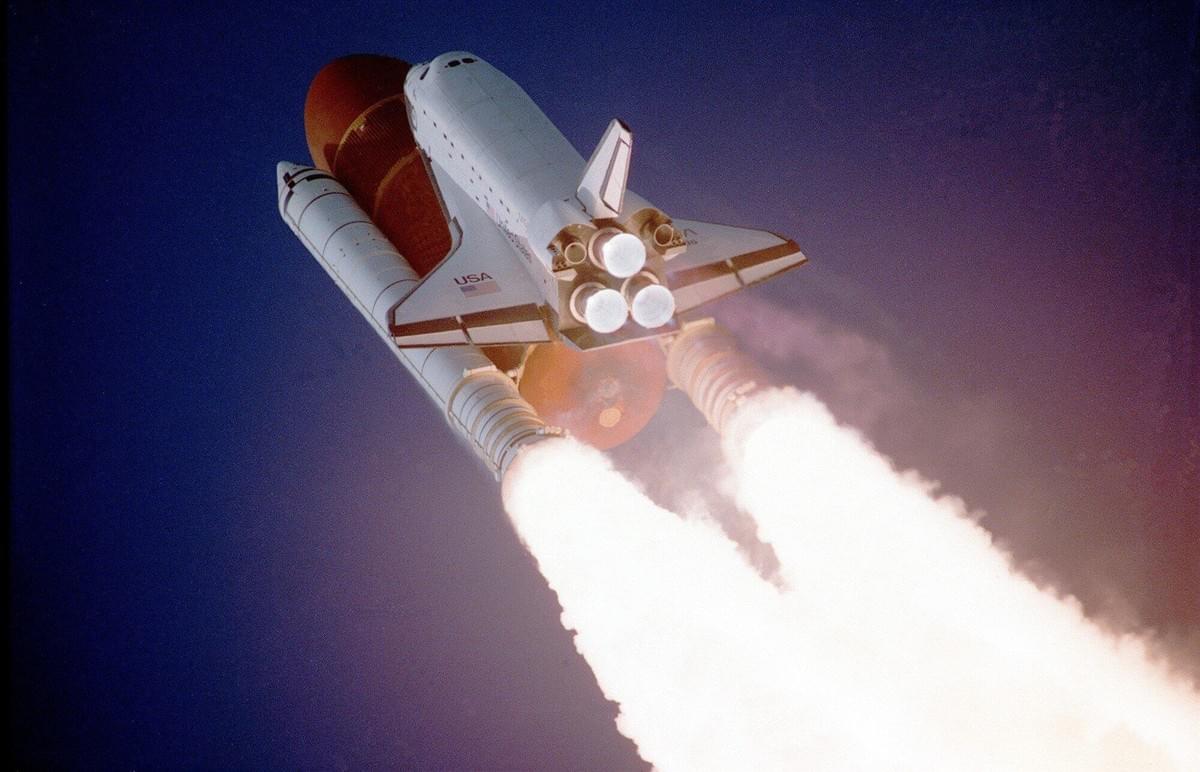
Choosing the best aerospace parts manufacturer is critical for ensuring quality, safety, and the overall success of any aerospace project. Aerospace components must meet stringent industry standards due to the high-stakes nature of flight and space exploration. Selecting the right manufacturer can help reduce costs, increase efficiency, and ensure that your parts are reliable. Here’s a guide to help you navigate the process of choosing the best aerospace parts manufacturer:
1. Industry Certifications and Standards
The Ohio aerospace parts manufacturer has some of the most rigorous certification and quality control standards. Manufacturers should comply with standards like AS9100 and ISO 9001. The AS9100 certification is specifically designed for the aerospace industry, covering quality management systems that ensure parts meet safety and regulatory requirements. Similarly, ISO 9001 ensures the manufacturer has a robust quality management system in place.
Ask for proof of these certifications and verify that they are up-to-date. This demonstrates the manufacturer’s commitment to quality and safety.
2. Experience and Expertise in Aerospace
It’s essential to choose a manufacturer with a proven track record in aerospace parts production. Manufacturers with extensive experience will be more familiar with the specific needs, materials, and tolerances required for aerospace components. Check how long they have been in the industry and if they specialize in the type of parts you need.
A manufacturer with aerospace expertise will be better equipped to manage potential challenges, whether that’s related to material selection, precision engineering, or understanding aerospace safety requirements.
3. Technology and Innovation
Aerospace manufacturing often involves complex designs and requires the latest technology for precision and accuracy. Ensure that the manufacturer uses advanced manufacturing methods like CNC machining, 3D printing, and additive manufacturing. These technologies enable manufacturers to produce high-quality, precision parts while reducing waste and turnaround time.
In addition, inquire about their research and development capabilities. A forward-thinking aerospace parts manufacturer should continuously invest in innovation to meet evolving industry needs.
4. Quality Control Process
Given the importance of safety and reliability in aerospace, manufacturers must have a robust quality control process in place. This should include everything from the initial design phase to final inspections before shipment. The best manufacturers use advanced inspection techniques like coordinate measuring machines (CMMs), X-ray inspections, and non-destructive testing (NDT) to ensure parts meet strict tolerances.
Ask the manufacturer to walk you through their quality assurance processes. A good manufacturer will be transparent about how they handle inspections, testing, and addressing any potential defects.
5. Supply Chain and Lead Time
In the aerospace industry, delays in parts production can lead to costly setbacks. It’s important to choose a manufacturer with a reliable supply chain and efficient production capabilities. Find out where they source their raw materials and how they manage logistics. A manufacturer with a global supply chain and partnerships can offer more flexibility and faster delivery times.
Discuss their typical lead times and whether they can handle urgent requests or scale up production quickly when necessary. Reliable lead times help ensure your projects stay on track.
6. Customization Capabilities
Each aerospace project has unique requirements, so it’s crucial to work with a manufacturer that can offer customization options. Whether you need specific materials, coatings, or intricate designs, the manufacturer should be able to tailor their production to meet your needs.
Check if they offer prototyping services and whether they can make adjustments based on feedback throughout the production process. The ability to produce custom parts while maintaining quality and safety standards is a key differentiator.